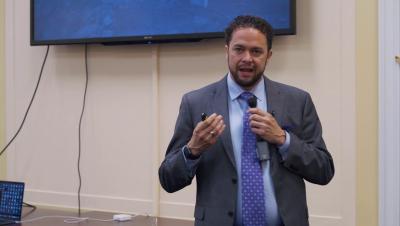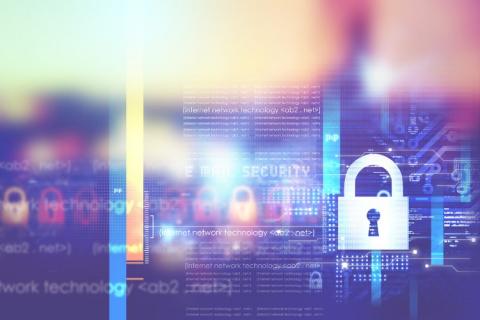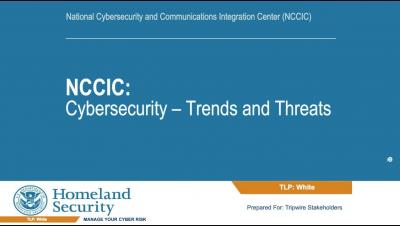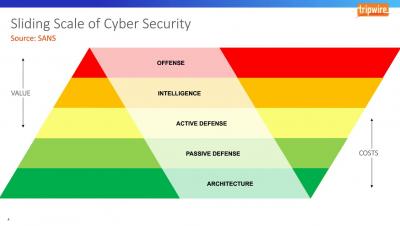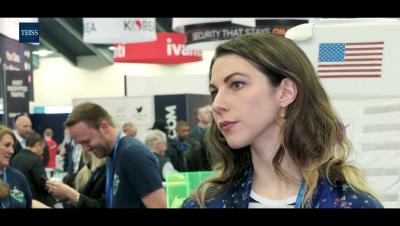Security | Threat Detection | Cyberattacks | DevSecOps | Compliance
Cyberattacks
Election Interference Attacks More than Voting Machines
When election interference is discussed, you probably think of “fake news” social media plots or hacked voting machines that manipulated outcomes. The truth is much more complicated. Election interference can come in many forms and have consequences that last long after an election cycle. Fortunately there are security measures elected officials, campaigns, and anyone with access to voter information can – and should – take to defend against election interference.
What you should do after a spear phishing attack
We all know information security is complicated and multi-faceted. You have plans to defend you from countless types of attacks and threats, but the risk is still there. Spear phishing is a common threat and your organization should have a plan of how to respond in the event of this type of attack.
VLAN Hopping and Mitigation
A VLAN is used to share the physical network while creating virtual segmentations to divide specific groups. For example, a host on VLAN 1 is separated from any host on VLAN 2. Any packets sent between VLANs must go through a router or other layer 3 devices. Security is one of the many reasons network administrators configure VLANs. However, with an exploit known as 'VLAN Hopping', an attacker is able to bypass these security implementations.
How Trade Secrets Can Be Abused By An Attacker After A Data Breach
Even as public awareness of data breaches grows, the popular conception of what information is sensitive, and how sensitive it is, lags behind the threats that individuals, businesses, and governments face today. The classic model for a data breach is individuals’ login credentials for banking or private identity information like their social security numbers, but there is equal– and in many cases far greater– value in information with less obvious potential for abuse.


